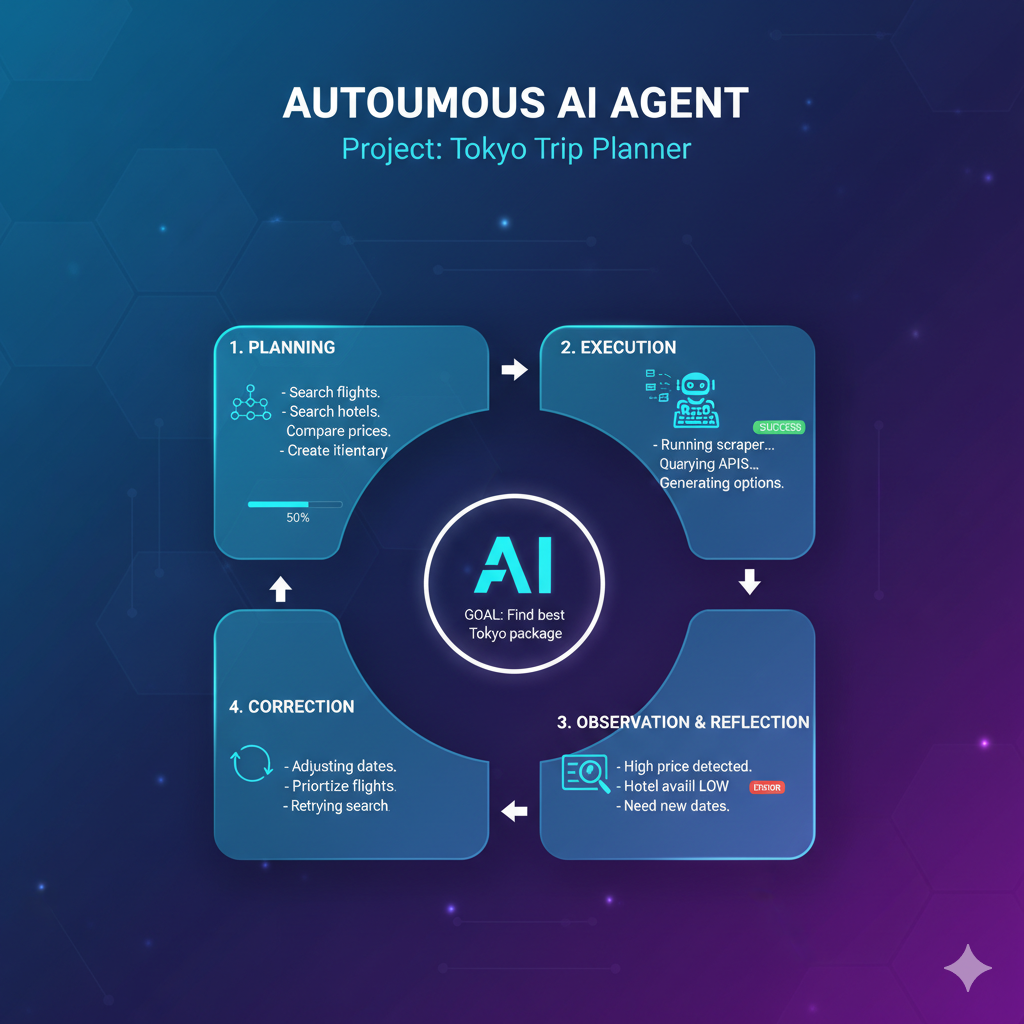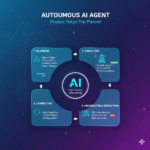AI Global Disaster
How AI is Rewriting the Playbook for Global Disaster Response
The moment a natural disaster strikes or a large-scale crisis unfolds, the world holds its breath. But behind the scenes, a quiet revolution is underway. Artificial Intelligence (AI) is rapidly evolving from a futuristic concept into an indispensable tool that is fundamentally reshaping how governments, defense agencies, and first responders prepare for, react to, and recover from global catastrophes.
This isn’t just about faster data analysis; it’s about deploying an intelligent co-pilot for crisis management—one that can predict, assess, and optimize life-saving operations with unprecedented speed and accuracy.
Here are the three critical ways AI is moving beyond data-crunching to become the new standard for crisis management:
1. Predictive Preparedness: Anticipating the Unthinkable
The most effective disaster response is prevention. AI’s power of predictive analytics allows agencies to move from reactive measures to proactive risk mitigation.
- Forecasting and Modeling: Machine learning models now process vast environmental datasets—from seismic activity to weather patterns and even social media chatter—to forecast disasters with greater precision. For example, AI can model potential wildfire spread based on wind, temperature, and vegetation density, allowing for strategic resource pre-positioning and targeted evacuation warnings.
- Digital Twins for Resilience: Governments are building Digital Twins—virtual replicas of cities or critical infrastructure networks (transport, water, power). By simulating the effects of a flood, earthquake, or cyberattack on this digital copy, planners can identify weaknesses, stress-test evacuation routes, and optimize long-term infrastructure investments before an event occurs.
2. Real-Time Situational Awareness: The “Eye in the Sky”
In the chaotic hours after a disaster, immediate and accurate assessment is the most crucial, yet most challenging, factor. AI excels at providing this rapid situational awareness.
- Damage Assessment via Computer Vision: Computer Vision models, deployed on satellite and drone imagery, can instantly analyze a crisis zone. They identify damaged infrastructure (collapsed roads, flooded buildings) and classify the severity of the damage, directing rescue teams to the areas with the highest need and potential for trapped survivors.
- Optimized Resource Logistics: During an emergency, delivering the right resource to the right place is a matter of life and death. AI-driven logistics platforms analyze real-time demand, road closures, and supply chain disruptions to:
- Find the most efficient delivery routes for medical supplies and personnel.
- Dynamically match specialized responders (e.g., paramedics, structural engineers) to crisis zones based on their expertise and proximity.
- Misinformation and Communications: AI-powered Natural Language Processing (NLP) tools monitor social media and communication networks to rapidly detect and flag misinformation, ensuring that public warnings and alerts—often translated automatically into multiple languages—are accurate, timely, and reach at-risk populations.
3. Strategic Acceleration: From Defense to Disaster
The technologies refined in the Defense and Intelligence sectors are proving invaluable for humanitarian missions, providing a strategic edge in resource-constrained environments.
- Complex Data Fusion: Intelligence agencies routinely use AI to fuse disparate data sources (signals, imagery, reports) into a single, cohesive operational picture. In disaster response, this translates to fusing sensor data, citizen reports, and utility outage information to provide a unified command view for decision-makers.
- Search and Rescue (SAR) Augmentation: Autonomous systems, like AI-guided drones, can enter areas too hazardous for human teams (e.g., radiation zones, unstable structures) to search for survivors and assess air quality or chemical leaks, significantly reducing risk to first responders.
- Training & Simulation: Just as military forces use AI for hyper-realistic combat simulations, first responders are using AI-driven platforms to create adaptive, scenario-based training for floods, terrorist attacks, and cyber crises, allowing them to refine their decision-making skills in a zero-risk environment.
The Road Ahead: Building Trust and Capability
The integration of AI into disaster response is a clear path to saving more lives and building more resilient societies. However, it requires a commitment to responsible deployment. Leaders must prioritize ethical AI governance, focusing on data privacy, transparency in decision-making, and continuous testing to ensure these systems are robust and unbiased under pressure.
By embracing this technology, governments and agencies can transform their response efforts from a race against time into a strategic, data-informed operation. AI isn’t replacing human judgment—it’s empowering it, giving us the clarity and speed needed to face the next global crisis with confidence.





Leave a Reply
Want to join the discussion?Feel free to contribute!